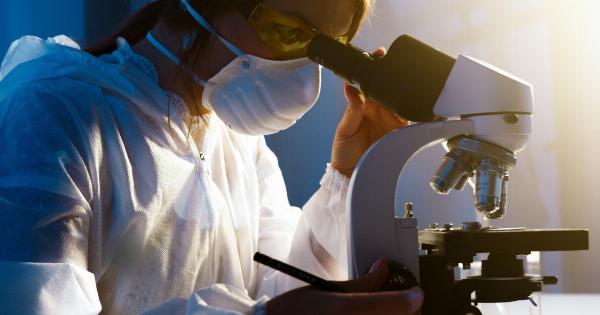Sarcoidosis is a challenging autoimmune disease that affects multiple organs in the body and can cause severe symptoms. Sarcoidosis can be a life-threatening disease that affects the lungs, lymph nodes, skin, and other organs.
It causes the formation of lumps, called granulomas, which can damage the organs and tissues. In this article, we will discuss what sarcoidosis is and how it can be treated.
What is Sarcoidosis?
Sarcoidosis is a rare condition that causes inflammation in different parts of the body. The immune system of the body, which usually fights against infection and diseases, starts attacking healthy tissues and organs.
It leads to the formation of granulomas in the affected organs. Granulomas are clusters of immune cells and other substances, which can damage the organs and tissues.
The condition can occur in any organ of the body, but it most commonly affects the lungs, skin, lymph nodes, and eyes. The severity of the disease depends on which organs are affected and how badly they are damaged.
Causes of Sarcoidosis
The exact cause of sarcoidosis is unknown, but researchers think that exposure to some environmental factors, such as dust, chemicals, and bacteria, may trigger the disease in people who have a genetic predisposition to it.
Sarcoidosis can occur at any age, but it is more common in people aged between 20 to 40 years and in African Americans and Scandinavians. Women are more likely to develop sarcoidosis than men.
Symptoms of Sarcoidosis
The symptoms of sarcoidosis vary depending on which organs are affected. Sarcoidosis often begins in the lungs, and some common symptoms include:.
- Coughing
- Shortness of breath
- Chest pain
If the disease affects the skin, it can cause skin rashes, nodules, or growths. If the lymph nodes are affected, it can cause swelling in the neck, armpits, or groin. If the eyes are affected, vision can be blurred or lost. Other symptoms may include:.
- Fever
- An enlarged liver and spleen
- Joint pain and stiffness
- Fatigue
Diagnosis of Sarcoidosis
Diagnosing sarcoidosis can be difficult as there is no specific test for the disease. A doctor may order multiple tests to rule out other conditions and confirm the diagnosis. Some commonly used tests are:.
- X-rays or CT scans of the affected organs
- Blood tests
- Tissue biopsy from the affected organ
Treatments Available for Sarcoidosis
There is no cure for sarcoidosis, but there are treatments available that can help manage the symptoms and prevent the disease from getting worse. The treatment depends on which organs are affected and how severe the condition is.
Some commonly used treatments are:.
- Corticosteroids – This medication helps reduce inflammation and is the most commonly used treatment for sarcoidosis. It can be taken orally or injected into the affected joints or organs.
- Immunosuppressive therapy – This therapy is used when corticosteroids do not work or cause side effects. It suppresses the immune system to reduce inflammation in the affected organs.
- Antimalarial drugs – These drugs help relieve symptoms of sarcoidosis by reducing inflammation in the skin and other organs.
- Surgery – In some cases, surgical removal of the affected tissue may be necessary if the granulomas are causing severe complications.
Complications of Sarcoidosis
If left untreated, sarcoidosis can lead to serious complications. The granulomas formed in the affected organs can cause irreversible damage, leading to organ failure. Some complications of sarcoidosis include:.
- Pulmonary fibrosis – Scar tissue formation in the lungs can lead to breathing difficulties, and in severe cases, it can lead to respiratory failure.
- Heart problems – Sarcoidosis can cause abnormal heart rhythms, heart failure, or other heart-related complications.
- Kidney disease – Granulomas in the kidneys can cause kidney damage, leading to kidney failure and the need for dialysis or a kidney transplant.
- Neurological complications – Sarcoidosis can affect the nervous system and lead to seizures, headaches, or other neurological problems.
Preventing Sarcoidosis
As the exact cause of sarcoidosis is unknown, there is no sure way to prevent the disease. However, some lifestyle changes may reduce the risk of developing sarcoidosis, such as:.
- Avoiding exposure to environmental factors, such as dust, chemicals, and bacteria, which may trigger the disease.
- Maintaining a healthy diet and lifestyle, which boosts the immune system and keeps the body healthy.
- Regular health checks and screenings, especially if there is a family history of the disease or other autoimmune disorders.
Conclusion
Sarcoidosis is a rare autoimmune disease that can be challenging to diagnose and treat. The symptoms of sarcoidosis can vary depending on which organs are affected, and the condition can lead to severe complications if left untreated.
Though there is no cure for sarcoidosis, treatments are available that can help manage the symptoms and prevent the disease from getting worse.


























